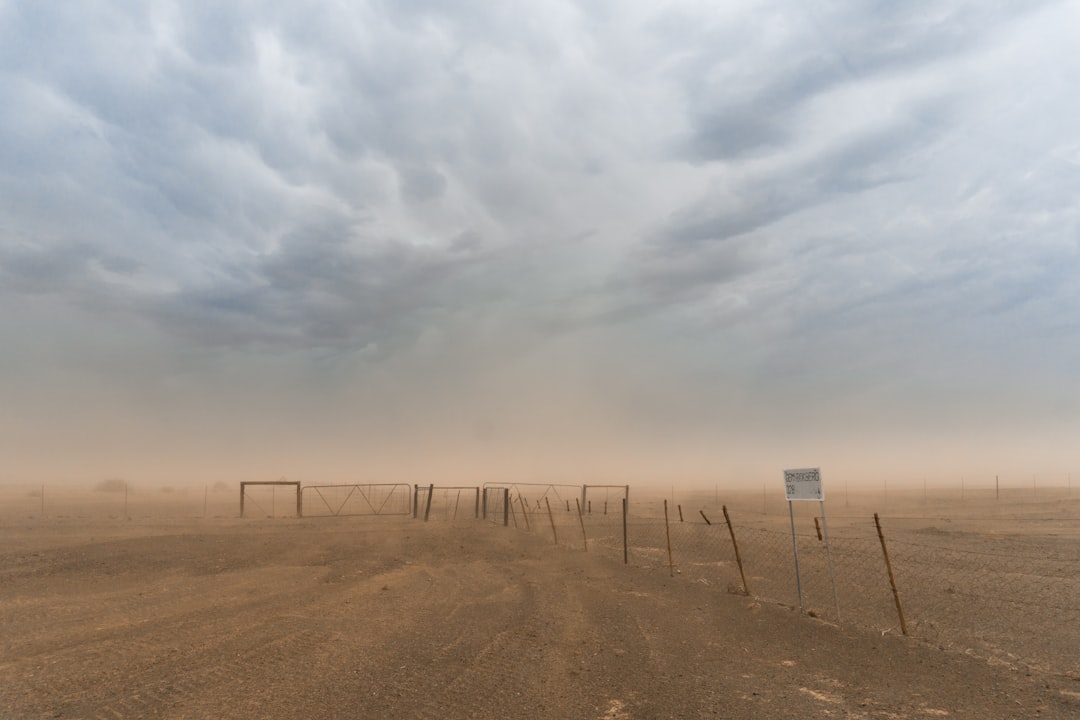What is it about?
This article presents a well-illustrated corpus of wheel-made ceramics of 7th and 6th c. BC date from two sites (a settlement and a cave) in Aegean Thrace (modern North Greece). These ceramic wares were discovered during short archaeological excavations in the late 1960-s and never published before. The two sites are briefly presented in the text, followed by a detail discussion on the features of the wheel-made ceramic fragments discovered there (fabric, restoration of shapes, decoration, function, a broader Aegean setting and interpretation of exchange mechanisms) and a catalogue with specific information for each ceramic fragment, its drawing and a photograph.
Featured Image
Why is it important?
The Archaic period still remains largely unknown for the coastal area between ancient Abdera and river Hebros (the ancient towns of Samothrace and Zone are exceptions). Discoveries of ceramic wares of Archaic date outside the Greek colonies are rare. The Kremasto hill-top settlement and the cave of Maroneia provide rich ceramic evidence from the Archaic period and for the first time it is thoroughly documented and presented to the wider academic community.
Perspectives
The publication of the Archaic wheel-made ceramics from the settlement of Kremasto and the cave of Maroneia offers new archaeological evidence for the area and the period. It is also intended to be followed by another publication of the local, hand-made ceramics for a fuller presentation of the habitation and ceramic sequence at each site.
Petya Ilieva
Read the Original
This page is a summary of: ARCHAIC WHEELMADE CERAMICS FROM THE CAVE OF MARONEIA AND KREMASTO (ASAR TEPE), AEGEAN THRACE, The Annual of the British School at Athens, November 2013, Cambridge University Press,
DOI: 10.1017/s0068245413000051.
You can read the full text:
Contributors
The following have contributed to this page










